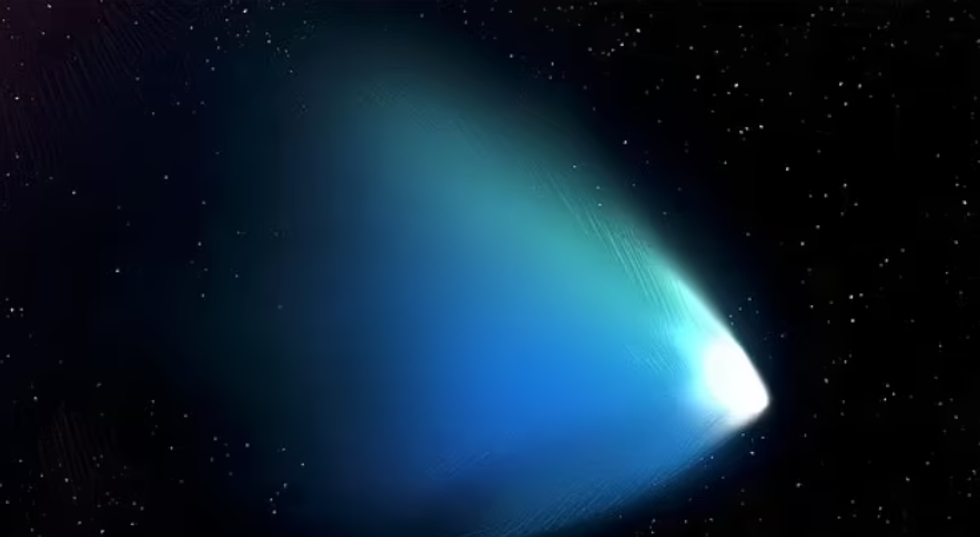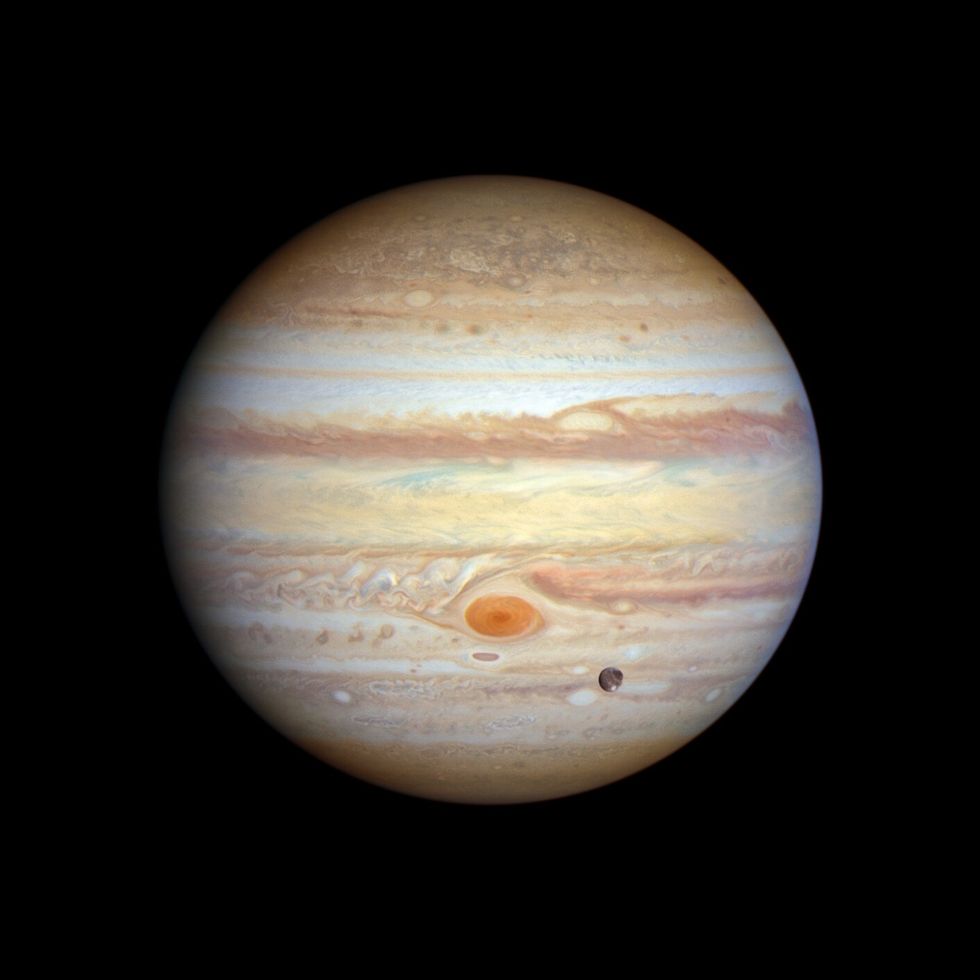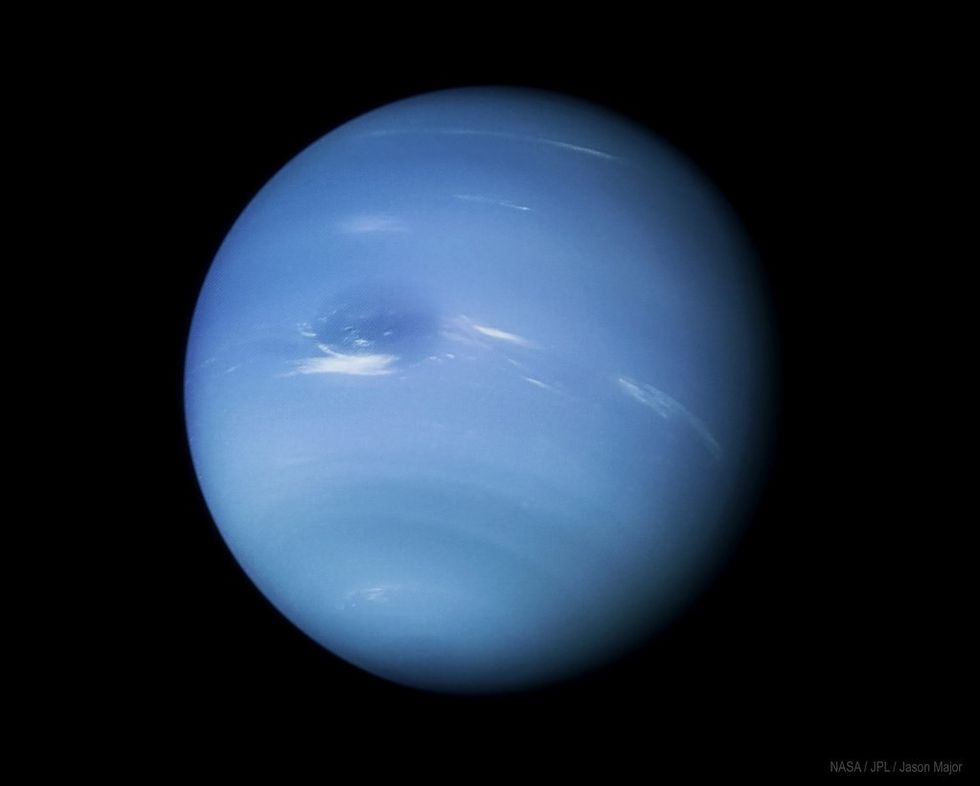Sample of the asteroid Bennu goes on public display
GB News
Located between Jupiter and Neptune, the object moves through space like an asteroid while simultaneously producing glowing tails of gas and dust characteristic of comets
Don't Miss
Most Read
Astronomers have made a groundbreaking discovery in the outer reaches of our solar system, uncovering a mysterious object that defies conventional classification.
Using the James Webb Space Telescope, researchers from the University of Central Florida have revealed that 2060 Chiron, a 125-mile-wide body, exhibits unprecedented characteristics of both an asteroid and a comet.
The object belongs to a rare class of celestial bodies known as Centaurs, named after the mythological half-horse, half-human creatures.
"These results are like nothing we've seen before," says Dr Charles Schambeau, co-author of the study.

What makes Chiron especially intriguing is its ability to produce a tail of dust and gas when warmed by the sun
William Gonzalez Sierra
Located between Jupiter and Neptune, Chiron moves through space like an asteroid while simultaneously producing glowing tails of gas and dust characteristic of comets.
When first discovered in 1977, Chiron became the first identified member of the Centaur group of celestial objects.
Scientists believe these Centaurs formed during the solar system's earliest days and have remained largely unchanged since then.
Residing in the Trans-Neptunian region beyond Neptune's orbit, these distant objects serve as frozen time capsules, preserving information about our solar system's formation.
Among the mysterious Centaurs, Chiron stands out as particularly unusual.
SPACE LATEST:

It is located between Jupiter (pictured) and Neptune
Wikimedia Commons
"It's an oddball when compared to the majority of other Centaurs," explains Schambeau. "It has periods where it behaves like a comet, it has rings of material around it, and potentially a debris field of small dust or rocky material orbiting around it."
What makes Chiron especially intriguing is its ability to produce a tail of dust and gas when warmed by the sun.
Most deep space objects are either too cold or lack the necessary ice to create such a tail.
Using the JWST, researchers analysed near-infrared radiation from Chiron's coma, revealing a complex chemical makeup.
The analysis showed the presence of carbon dioxide, carbon monoxide, and methane dating back to before the solar system's formation.
Additional compounds like propane and ethane were detected, likely formed through later oxidation processes.

It is located between Jupiter and Neptune (pictured)
Flickr
"Based on our new JWST data, I'm not so sure we have a standard centaur," says Pinilla-Alonso. "Every active centaur that we are observing with JWST shows some peculiarity. But they cannot be all outliers."
Looking ahead, researchers plan to conduct further studies of Chiron using the FWS telescope.
These observations will focus on understanding the layers of ice and rock that compose this peculiar celestial body.
Scientists hope the additional research will reveal what common features all centaurs share.
The findings could also help explain why Chiron exhibits such unusual behaviour compared to other members of its class.







